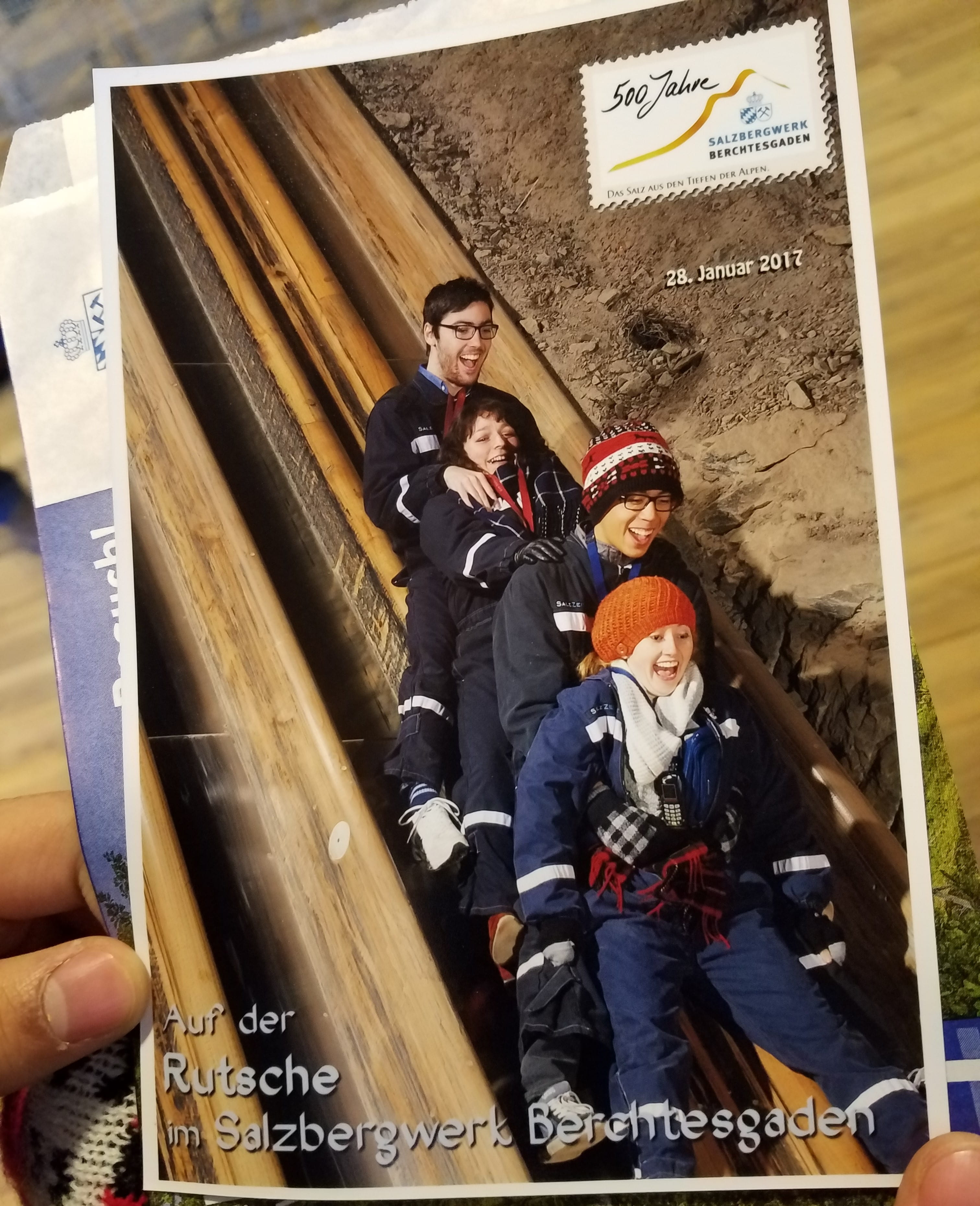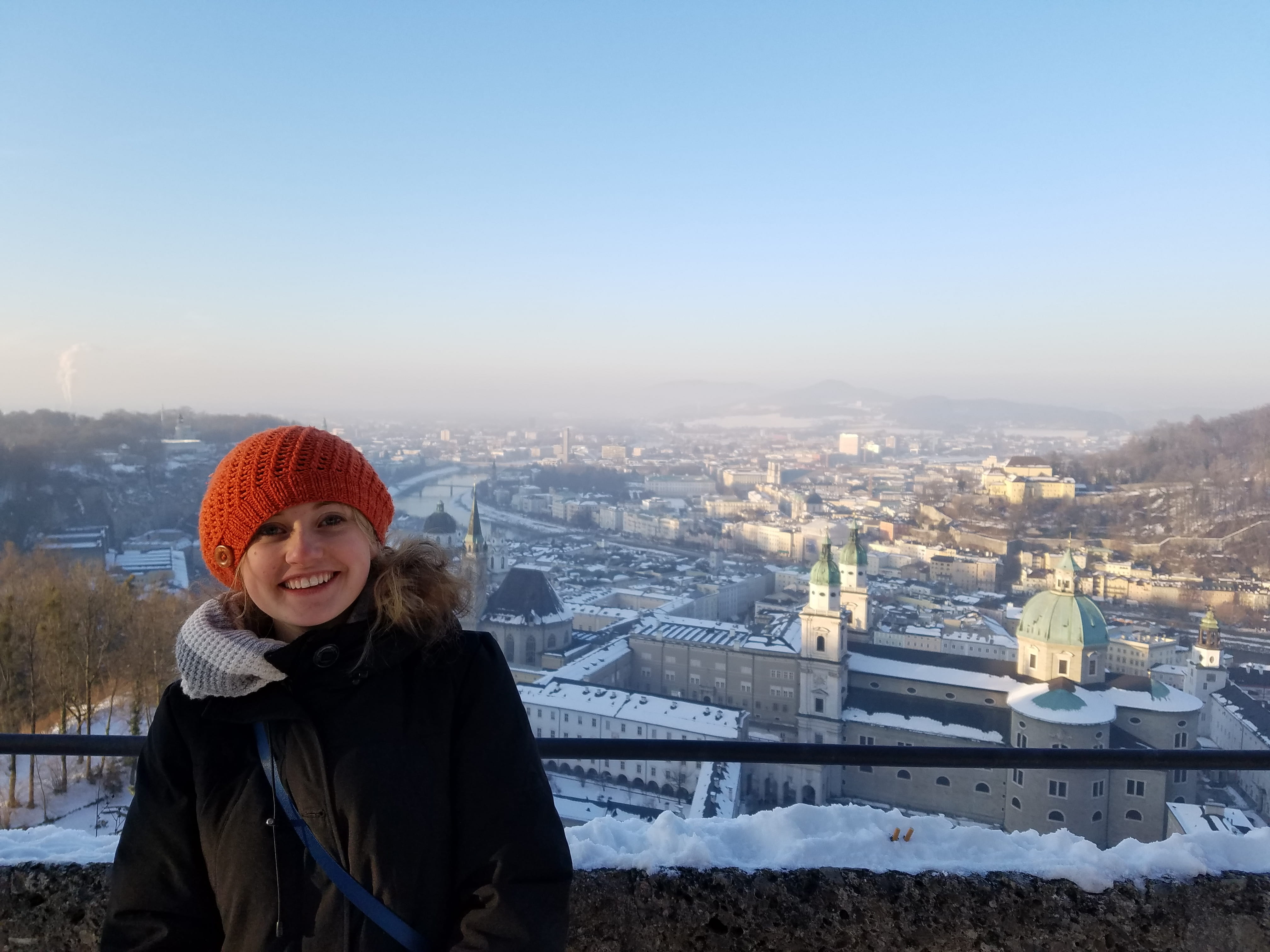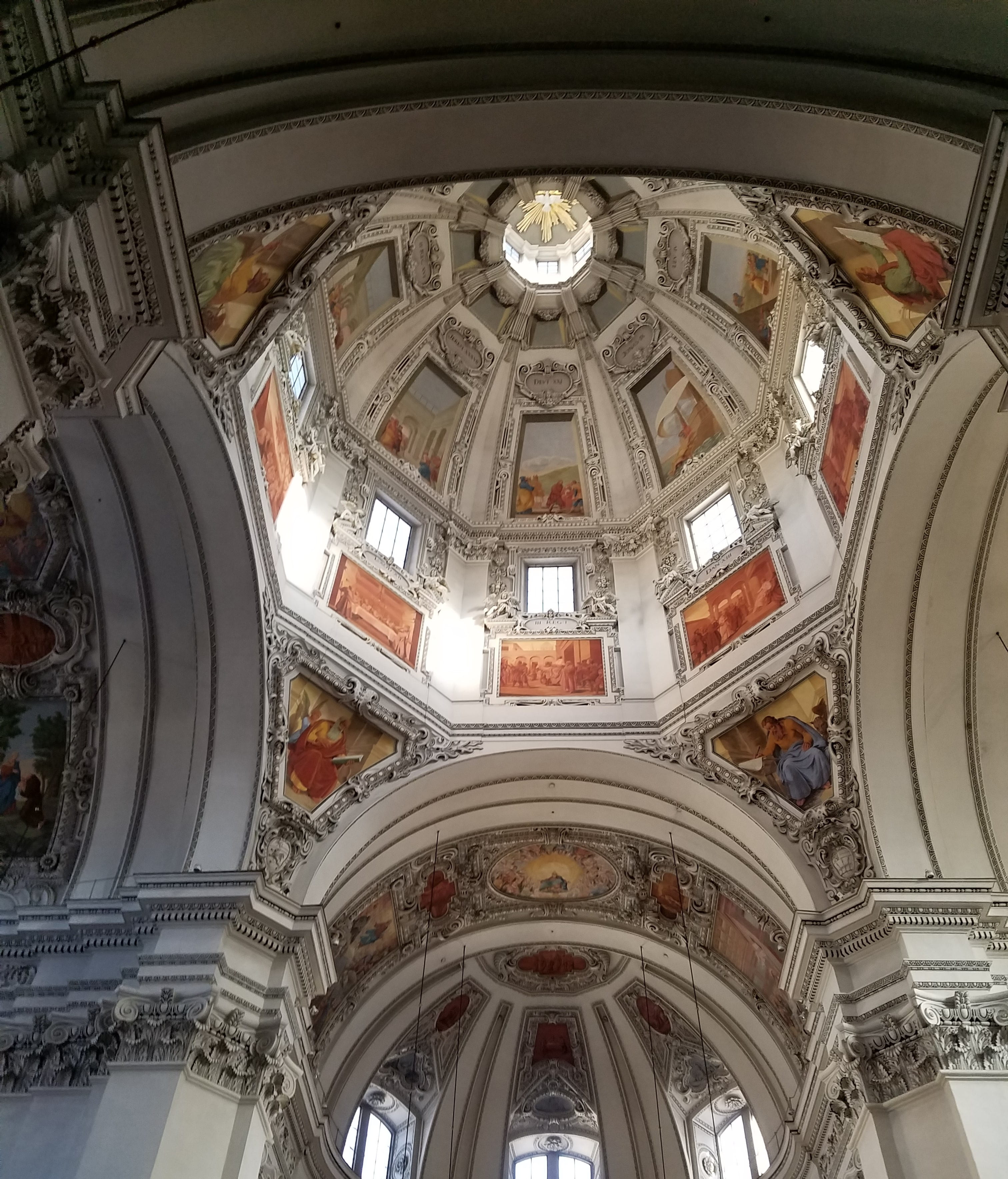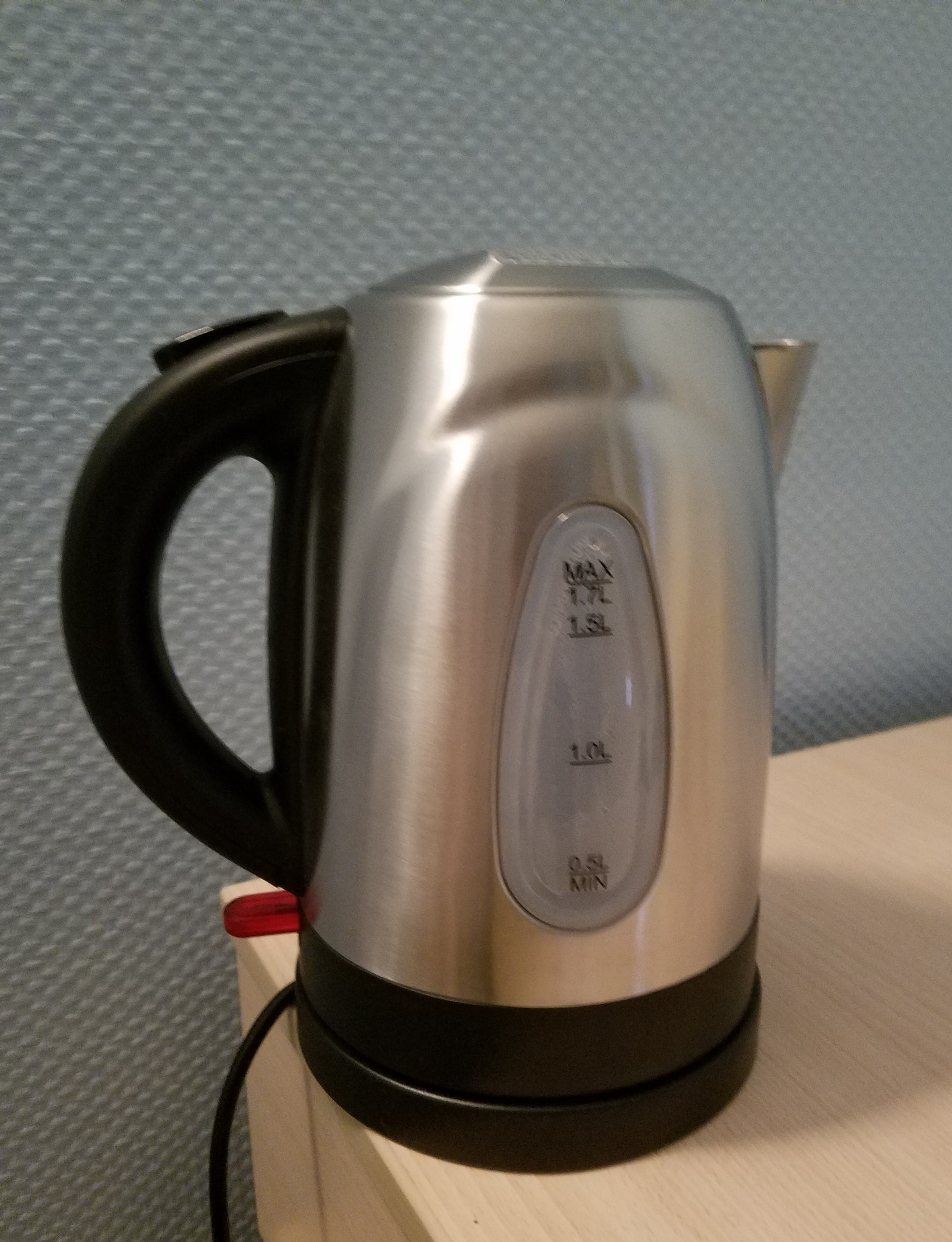



Where in the world was “The Sound of Music” filmed? That’s where Lina went this weekend – check out why its people are known for their salt.




It seems food is on the brain. Lina has some suggestions on how to make easy AND delicious meals – no matter what your dorm style.

Having a kettle is a great way to boil water without a pan and stove. I like to make hard boiled eggs, pasta and rice. If you are making pasta or rice, use a thermal bag (sold at Cora), to make sure that the pasta and rice on the heating element don’t burn up.


Caramel Popcorn
Dreaming of Paris? Take a peek into Lina’s itinerary this past weekend – and learn a few facts about the city, too!


Liberty project together. It took 2.5 million rivets to hold the structure together. If you gave everyone in Atlanta 4 rivets, you still would not have enough rivets to build the Eiffel tower. The tower was meant to be temporary, and was scheduled to be torn down in 1909. However, it was saved because officials argued that it could
be used as a telegraph tower. In World War I, it was instrumental in intercepting enemy communications.

priceless masterpieces. I especially love Degas because he usually paints and sculpts ballerinas as his subjects. As a ballet dancer, the way he captures the motion and fluidity of this style of dance really speaks to me.

Guess where the World Handball Championships are being held this year? Metz! And guess who scored a seat to a match? Our GTL blogger, Lina!

Angola, sadly, lost terribly, scoring only 20 points to Spain’s impressive 42. Even though the game was definitely a total blow-out, it was still an amazingly immersive experience to be part of the crowd at such a traditional, celebrated European sporting event. This is what immersion is all about.
Lina had one or two – okay, many – adventures upon her arrival in Metz. Read her blog about her first impressions of the city and how not to get lost!

Nazis, takes it back for the brief period of 1940 to 1944, whereupon the Treaty of Versaille is written and everyone has decided that yep, Metz is French.


My confused, telephone-less, non French-speaking self accidentally exited the bus at a stop near the train station. Walking up to it, I thought it was a cathedral, with its soaring towers, tall arched windows and seemingly endless length. Despite the freezing rain, I simply had to get a picture.

After purchasing my SIM card, I wandered over to a nearby cafe to get some lunch. After clumsily ordering in broken French, (I said “Je voudrais le poulet,” which I think means I would like the chicken, and then I subsequently forgot that the word for sandwich is just…sandwich…) I had purchased a beautiful victory sandwich to enjoy before the cold journey home. Long story short, non-french speaking people, if you want to eat food other than chicken or sandwiches, it is a good idea to come prepared with the Google Translate app, at the very least.
Note from the editor: With Google Translate, and with other apps as well, you can download an entire language offline!
GTL’s staff spotlight is on Mme. Leslie Lourador this week! Find out how she is invaluable to everyone at GT Lorraine, and what she recommends to all students — not just those studying abroad currently.

I started yoga six months ago. This is really good because it helps with stress and tension. I also love to travel. Recently I have been to LA, and New York, which I enjoyed very much. I also love reading contemporary fiction in French and English.
The professors at GTL are pretty wise – and have some thoughts for you on how to survive at GTL. Lina, our new blogger, has compiled a few of the recommendations in her new blog post.

